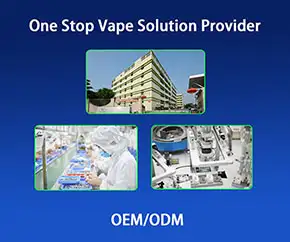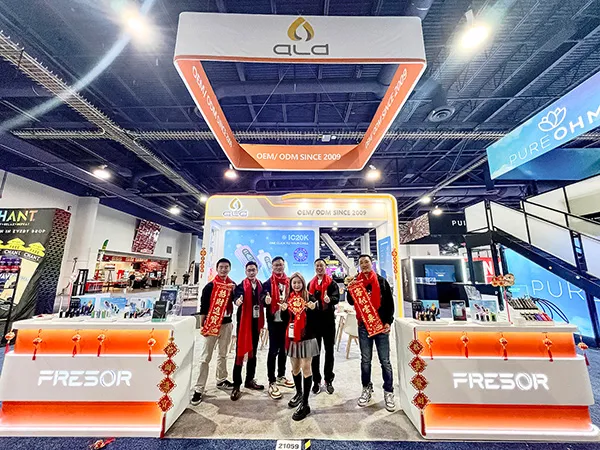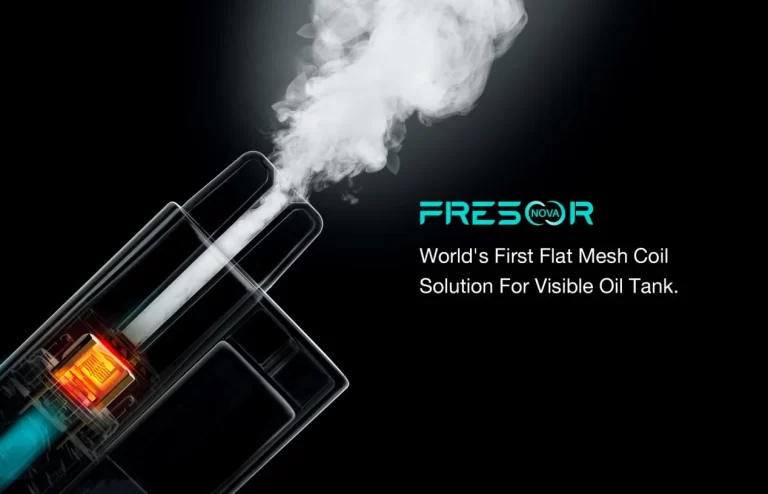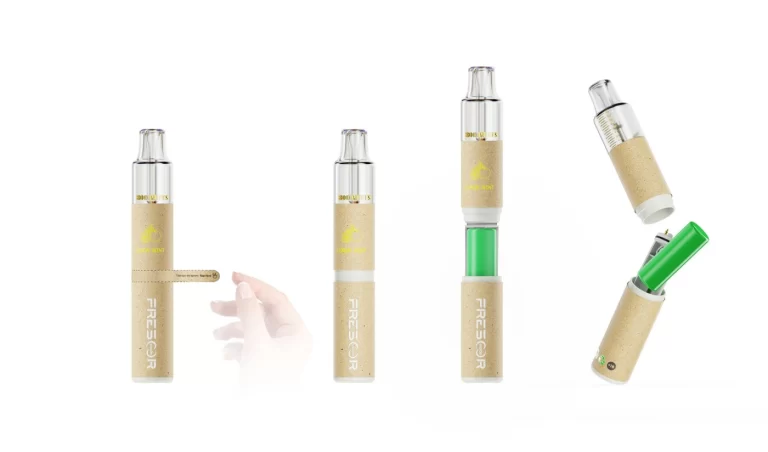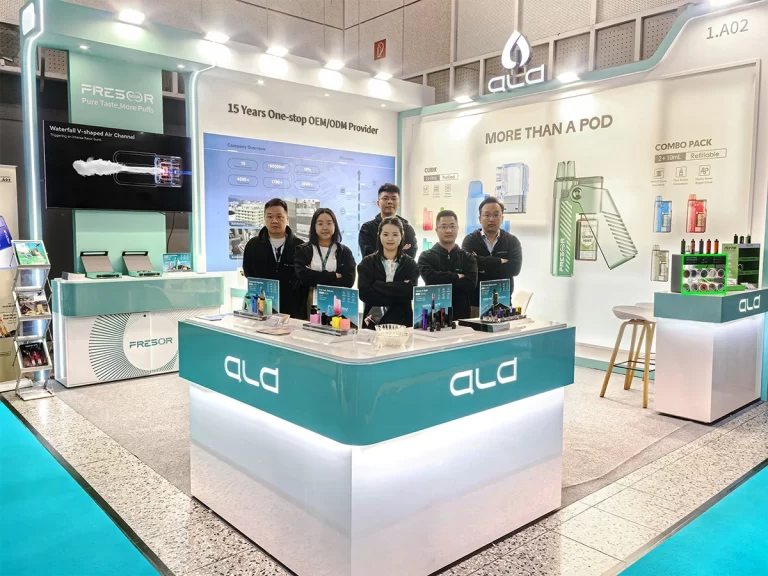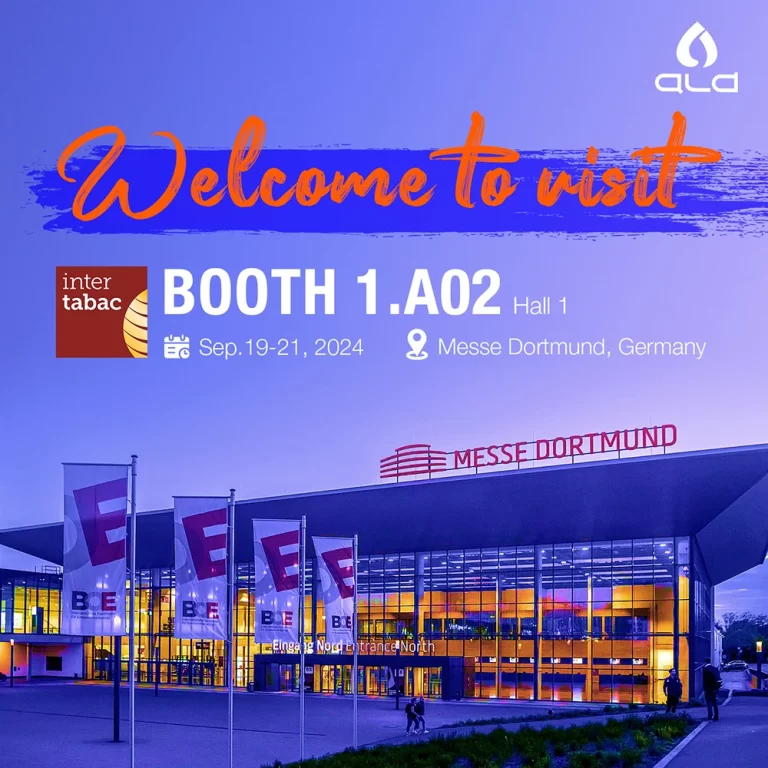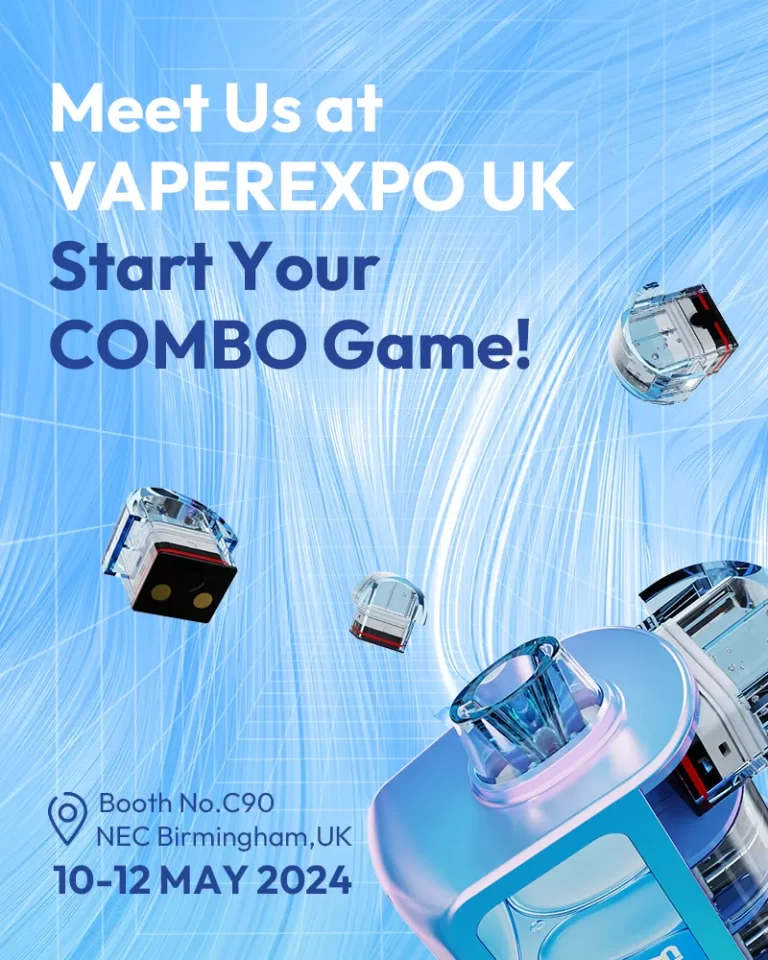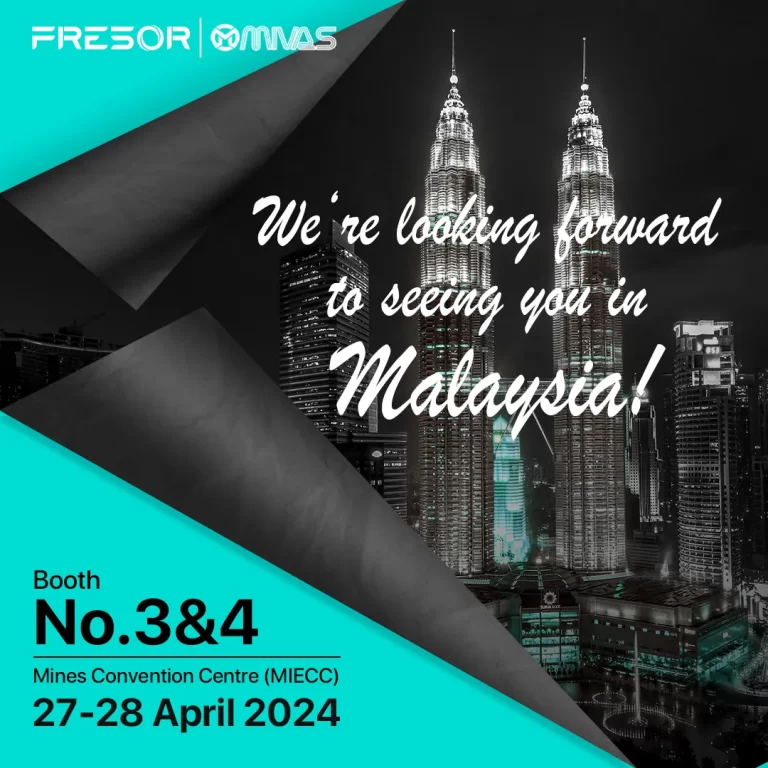Optical texture, also known as micro-nano texture, is a technology based on principles of light refraction, reflection, and scattering. It involves creating unique visual effects by utilizing nano-scale structures on a material’s surface, which interact with light from various angles to produce shadows, colors, and textures. This technique has gained widespread use across various industries for enhancing product aesthetics, including disposable vapes from Sweden, which are known for their sleek designs and cutting-edge innovation.
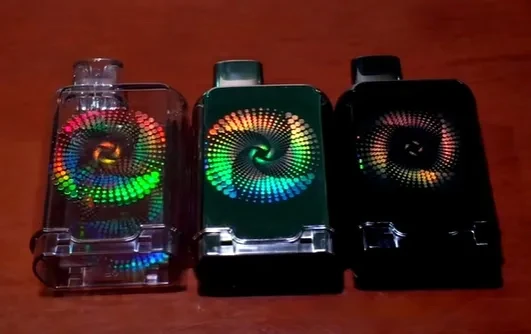
Holographic optical texture injection molding e-cigarette shell
One of the standout features of optical textures is their ability to achieve thicknesses below 1 micron. They provide an exceptional look and feel without any tangible surface texture, meeting aesthetic demands in product design.
In the e-cigarette industry, optical texture technology can be applied to achieve striking visual effects through UV transfer printing, injection molding, or direct film adhesion, depending on the materials and design requirements.
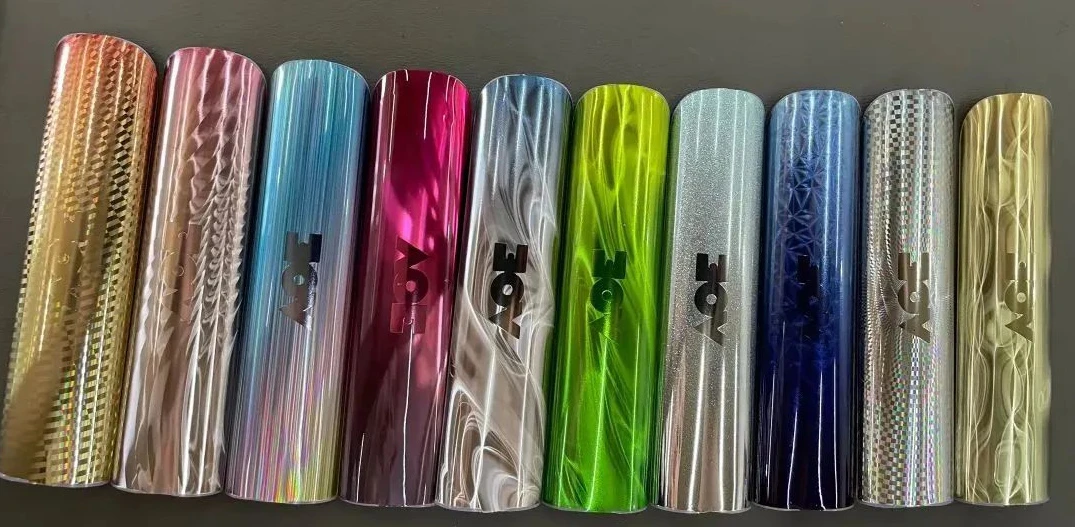 Application of UV texture technology in electronic cigarettes
Application of UV texture technology in electronic cigarettes
Principles of Optical Texture Technology
The surface of an object can host an array of tiny structures that are key to designing optical textures. These microstructures affect the pathway and intensity of light. For example:
- Variations in microstructure orientation impact light direction, causing reflections, refractions, or scattering at different angles.
- Changes in microstructure spacing influence brightness and color, as different intervals create diverse interference and diffraction effects, resulting in unique color and brightness patterns.
Process and Key Technologies in Optical Texture Manufacturing
The optical texture manufacturing process has two main steps: creating the master mold, followed by large-scale production through UV transfer or injection molding.
1. Master Mold Creation
Techniques like laser engraving, high-precision CNC machining, holography, electron beam, and electrochemical processing are used to create the master mold.
A common approach involves the PR (photoresist) mold method:
- First, a designer creates the desired texture pattern digitally, setting the foundation for UV texture processing.
- Using semiconductor yellow-light processing (spin-coating photoresist, exposure, development), the master mold is created. The mold’s X and Y texture directions are achieved through masking, exposure, and development, while the Z-axis height is controlled through photoresist spinning.
Once the master mold is completed, multiple replicas (sub-molds) can be produced through photoresist coating and imprinting. Sub-molds are consumables; they degrade after repeated imprinting in UV texture transfer processes, requiring periodic replacement to maintain quality.
2. Mass Production via UV Transfer and Injection Molding
- UV Transfer: UV transfer is a popular production technique that involves adhering textured films to surface parts or transferring texture directly onto the component.
- Injection Molding: Textured molds can directly create components with optical textures, providing advantages such as vibrant visual effects, cost-effectiveness, anti-counterfeiting features, and the ability to highlight brand logos. Applications include lenses, casings, and decorative plates.
- The UV transfer process involves applying glue to the mold, pressing a thin film, UV curing, and demolding to obtain an optical texture film.
Optical textures can be transferred, layered, or hot stamped to apply micro-nano structured films to various surfaces. For instance, transferring can be done in two ways:
- Overall Transfer: Transfers the designed micro-nano film onto the entire product surface.
- Localized Transfer: Involves printing or coating micro-nano structure materials selectively, curing, and peeling to achieve the desired appearance.
3. Enhanced visual Effects
For more vibrant color effects, techniques like PVD (physical vapor deposition) coating can be used to add a metallic finish.
Comparing Optical Texture and IML Technology
IML (In-Mold Labeling) is a technique where ink is printed onto a sheet, which is then thermoformed into a 3D shape and injection-molded into the final product. This method consists of three main steps: printing, shaping, and film-mold injection.
- The optical texture process typically includes mold creation, transfer, pressing, UV curing, and demolding.
- In contrast, IML involves printing, shaping, punching, and rear injection molding.
Optical texture focuses on creating unique visual effects through micro-machining, while IML is an injection molding technique that integrates printed sheets for an appealing surface finish.
Conclusion
Incorporating optical texture technology into e-cigarette design opens up new possibilities for creating visually striking products. Through techniques like UV transfer printing and injection molding, manufacturers can apply micro-nano textures that enhance aesthetics and offer unique branding opportunities. The intricate interplay of light on micro-structured surfaces produces a captivating appearance, while the various production methods allow for versatility across materials and designs. As the e-cigarette market grows, leveraging advanced texture technologies like these can help brands differentiate their products and appeal to consumer demands for both style and innovation.

